History of the Patek Philippe Calatrava Part 2 – Important Models Through Time
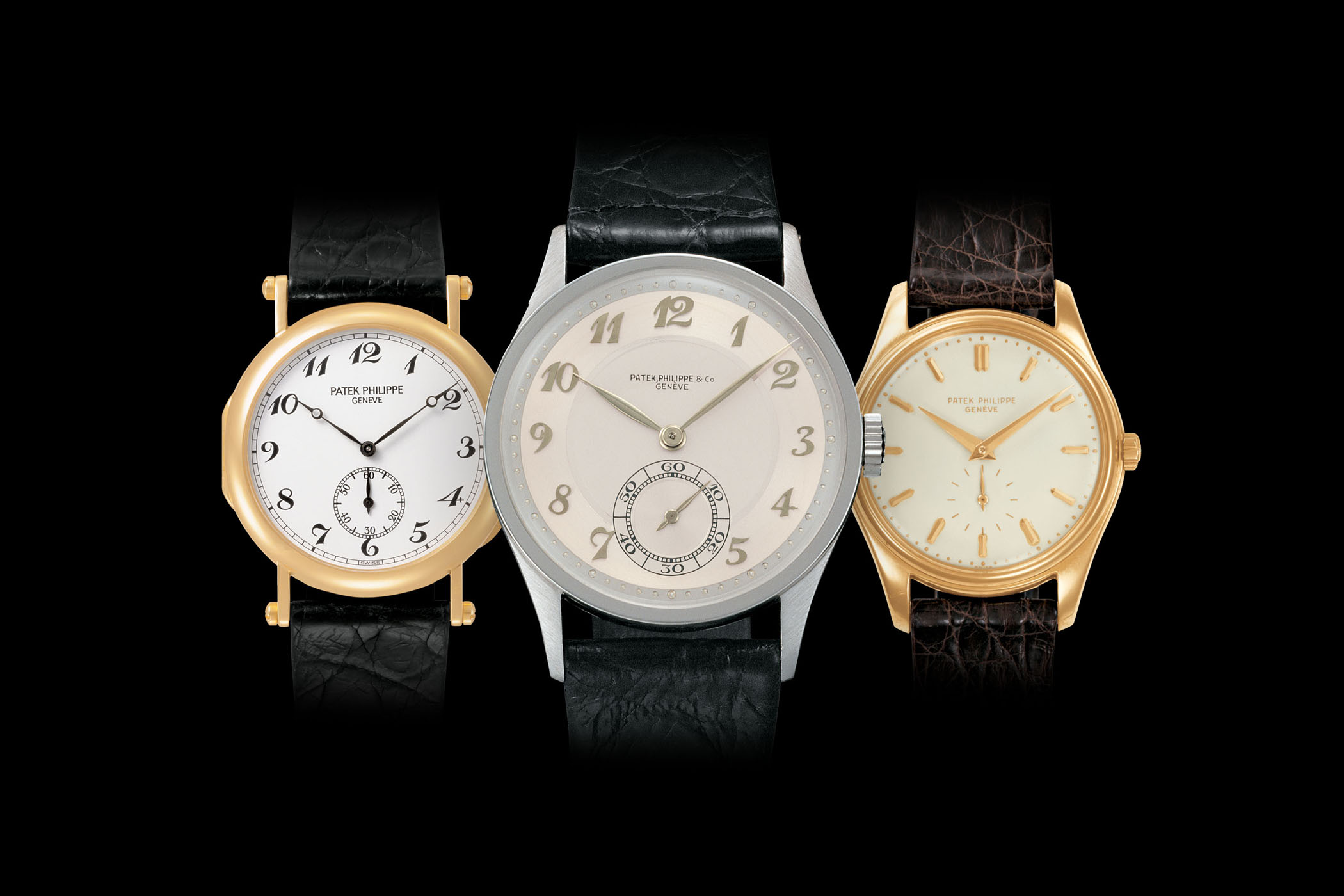
Yesterday, we brought you Part. 1 of our History of the Patek Philippe Calatrava, looking back at where it all began: the Reference 96. That original 1932 model has become a design icon, not to mention the basis on which every other Calatrava reference has been modelled. Emphasising the Bauhaus concept of form follows function, the original Ref. 96 provided the blueprint for the ultimate dress watch, a blueprint that been replicated many, many times by both Patek Philippe and other brands. Today, we’re taking a closer look at some of the notable Calatrava models that followed the Ref. 96, models that themselves have gone on to become extremely collectible. This is not an exhaustive list by any means, just the ones we thought to be the most emblematic, so please free to add any significant models you personally love in the comments below, and the reasons why they are important to you.
Patek Philippe Calatrava Ref. 565 and Ref. 570
- The Patek Philippe Calatrava Ref. 570
As perfectly proportioned as the original Reference 96 was, it had one fatal flaw; it’s case size. At just 31mm, it was diminutive, to say the least, and although admittedly small case sizes were much more common back then, 31mm was still considered quite small. Recognising this, Patek Philippe came out with the Calatrava Ref. 565 and 570 in 1938. Identical in design to the Reference 96 (you don’t mess with a winning formula), both models were offered in a significantly larger 35.5mm case, which would have been considered “oversize” for the era. Incredibly popular, the Ref. 570 would remain in production for the next 30 years, with the watches predominantly made in precious metals, which were paired with a myriad of different dial designs.
The Patek Philippe Calatrava Reference 570 featured the same “coin-edge” (flat bezel) case, with angular bezel added on top of a case with integrated lugs. Many variations existed, including (just like the Ref. 96), central second or small second at 6, classic dials with applied batons, sectors dials, or even the superb version with a two-tone dial and applied Breguet numerals (probably one of Patek’s most iconic designs). Inside the case of most versions was the same movement as the Ref. 96, meaning the 12-120 (an externally sourced 12-line movement).
- The Patek Philippe Calatrava Ref. 565
The Patek Philippe Calatrava Reference 565 meanwhile was intended to be a more practical Calatrava. Unusually for the time and the style of watch, it was one of the first Patek’s to be serially produced in steel (although some versions were also made in precious metals), plus it featured a screw-down caseback, making it the first large water-resistant Calatrava. The design of the case was also slightly different. Indeed, no coin-edge bezel added on top of the case, but a “monocoque” design with the bezel and the lugs integrated to the whole case. The 565 was slightly sportier, more angular and actually, quite modern considering it was created almost 80 years ago. in the same vein as the 570, it was offered in multiple designs, with central second or small second at 6, with luminous dials (some with military-inspired design), sector dials, Breguet numerals… Inside were the same 12-line movements as the 96 and the 570.
Thanks to the larger case size and timeless design, both the Ref. 565 and Ref. 570 are still well suited to current tastes. Arguably the most popular with collectors these days are the versions with oversized Breguet numerals and two-tone dials. Extremely rare and highly attractive, these models command major premiums when they come up for sale (which is not very often).
Patek Philippe Calatrava Ref. 2526
The Patek Philippe Calatrava Ref. 2526 was one of, if not the first automatic wristwatch from Patek Philippe, launched in 1953 (although the ref. 2552 could also hold the title for the first automatic Patek). Offered in a 36mm case with a screw back and a lovely double-baked enamel dial, there were fewer than 600 units manufactured (note: the diamond dial versions didn’t feature an enamel, but a standard metallic dial). Most of them were in yellow gold, although a few were in rose gold, white gold or platinum, and all were powered by the Calibre 12-600AT, complete with a large, beautifully decorated (guilloche pattern), 18k yellow gold winding rotor (and it was also the first decorated rotor in history). The 12-600AT was Patek’s first ever automatic calibre (remember that the automatic movement was clearly not the norm yet, back in the early 1950s), a 12-ligne movement approximately 6 mm in diameter, which was equipped with the company’s patented Gyromax balance wheel.
It’s interesting to note here that the Gyromax balance has been used in all Patek Philippe’s wristwatch movements since the final development of the idea was patented in 1952. Patek Philippe was extremely confident in the quality of its Calibre 12-600AT – which is recognized by many as one of the best automatic movement ever created – so confident, in fact, that brochures for the reference 2526 stated that the watch should have a maximum variation of only one second per day. Imagine that, in 1953, before all the current certifications, without CNC machines allowing for such low tolerances on the parts, without the current computer-controlled tools to adjust movements…!
In terms of design, the Patek Philippe Calatrava Ref. 2526 showed a slight evolution, more in line with 1950s trends. The case didn’t show the coin-edge angular design anymore, but instead some rounded edges and a convex bezel (rounded if you prefer). However, the dial was still very close to the original reference 96, with applied faceted batons, dauphine hands and a small second sub-dial at 6. The Patek Philippe Calatrava Ref. 2526 is more of an evolution of the model in terms of design, more “dans l’air du temps” and with contemporary proportions. As a nice final touch, the crown features a mirrored “PP” marking, instead of the Calatrava cross we’re used to seeing these days.
So much more could be written about this model alone (and all the models on our list) but unfortunately, there is just no time or space to do it (or them) justice. Yet, considering the movement inside this watch, and the fact that is their first automatic model, it has to be seen as an important milestone.
Patek Philippe Calatrava Ref. 3520
By the early 1970s, Patek Philippe had already created numerous variations of the Calatrava. In 1973, however, it would come out with a design that would forever be associated with the collection; the “Clous de Paris” guilloche – or hobnail, as it is better known in English – bezel. In some ways, this represented a deviation from the Bauhaus principles that had informed the original design of the Reference 96, as the hobnail bezel served no functional purpose. Paired with a simple round case and straight lugs, however, it was absolutely stunning and only further enhanced the classic appeal of the Calatrava collection. Powered by the manually-wound Cal. 177 it was, of course, a time-only display, available with several different dial variations, including ones with Arabic and Roman numerals. The design proved so popular that it is still in production today in the form of the updated Ref. 5116 and Ref. 5119.
Although the version with “Clou de Paris” pattern on the bezel is the most coveted of them all, Patek also created more classical versions of the Reference 3520, including some with a flat bezel. With them, you can see the roots of the collection and the timeless appeal of the model – even though the one that made it through time is the hobnail version, which is still visible in modern iterations such as the 5116 and the 5119.
Patek Philippe Calatrava Ref. 3960
In 1989, Patek Philippe celebrated its 150th anniversary and released a number of commemorative watches to mark the occasion. Included among these exceptional timepieces was the Ref. 3960, the first ever Officer’s watch in the Calatrava collection. While the design followed the basic principles of the Calatrava line, this model stood out from the crowd with its straight-lugs, gold screwed bars (instead of spring-bars), turban-style crown, and rare enamel dial with painted Breguet numerals, blued steel hands and subsidiary seconds dial. The case measures 33mm in diameter and 8mm in height, despite the presence of a double caseback.
Formalising the Patek Philippe Calatrava Ref. 3960 as an Officer’s watch is a solid, polished, hunter-style hinged case back, which opens to reveal a second, engraved caseback celebrating the anniversary. Underneath is the manual-wound 215 movement comprised of 130 parts and offering a power reserve of 44 hours. In total, two thousand examples were made in yellow gold, 150 in white gold, and 50 in platinum. Although this watch may not represent a major achievement in terms of technology or in terms of “première” for the collection, it still must be regarded as one of the most elegant versions, and one of the modern collectible models (especially in white gold and platinum).
Now that you’ve learned a bit about the history of the first Calatrava in Part. 1 and read about some of the significant Calatrava models from the last century above, be sure to tune in again tomorrow for Part. 3, where we look at some of our favourite modern-day Calatravas currently in production.
Most of the images of this article were given to us by Patek Philippe and its museum, including archive photos. Other Images for these notable versions of the Calatrava were sourced from Antiquorum, Bonhams and Phillips.

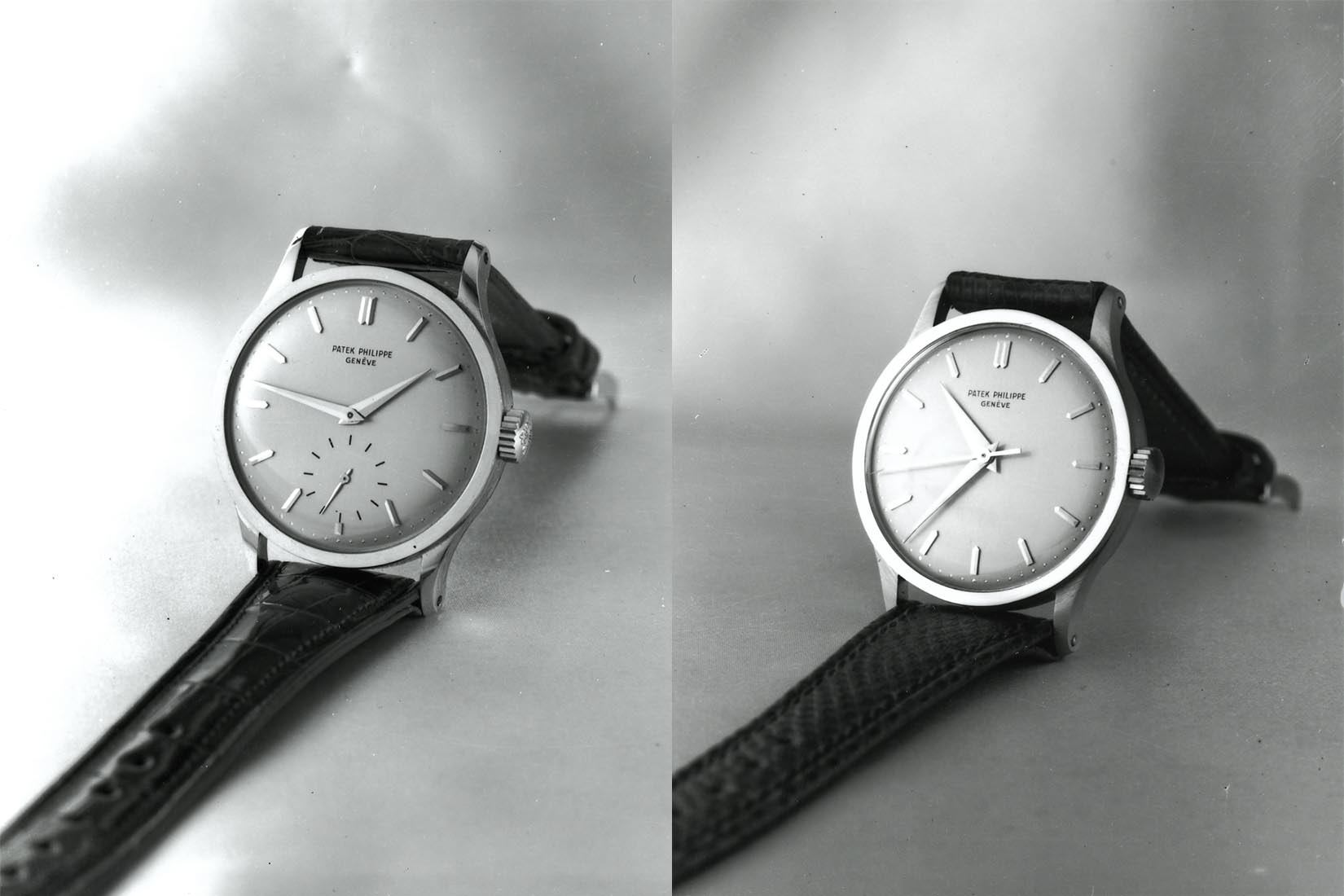

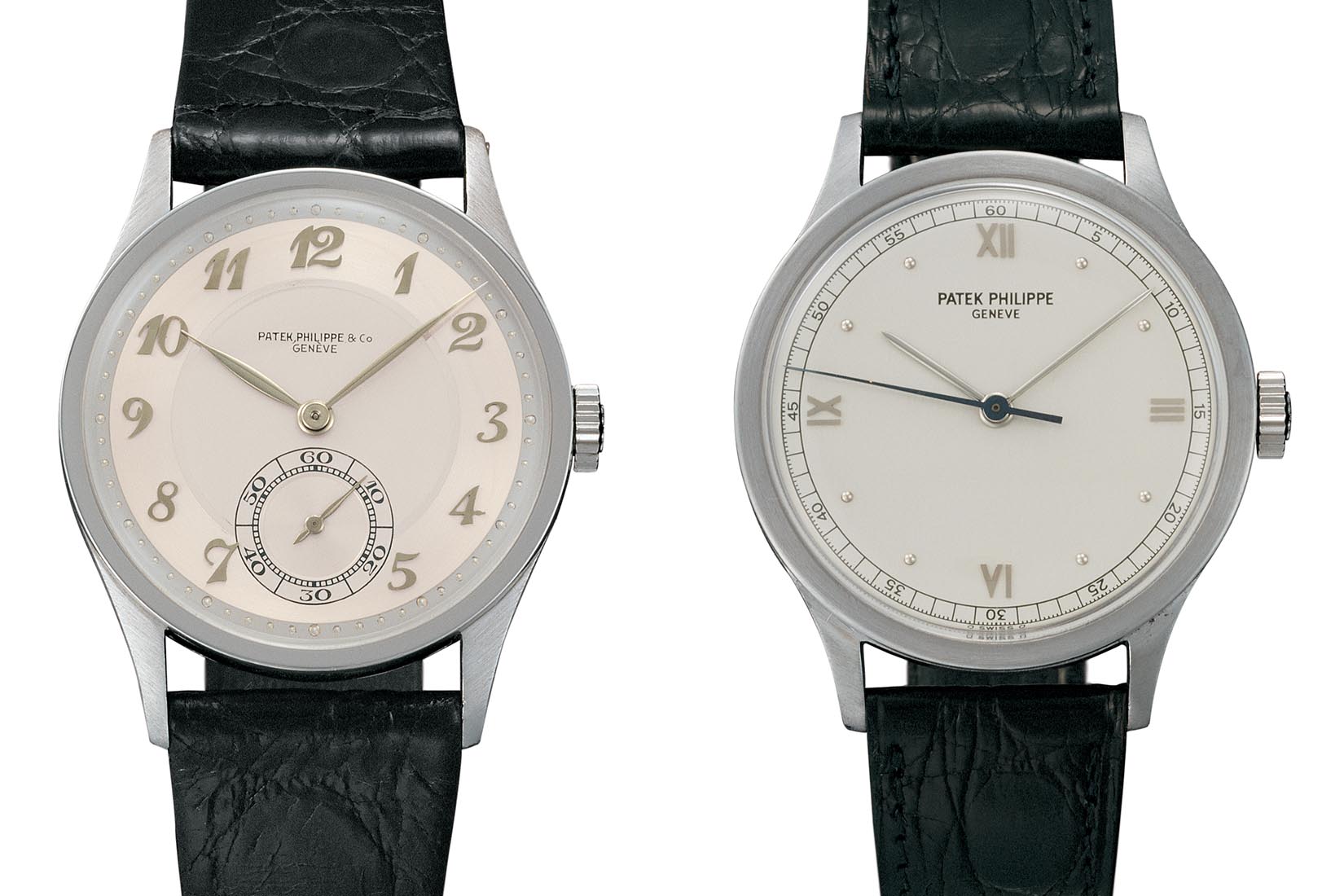
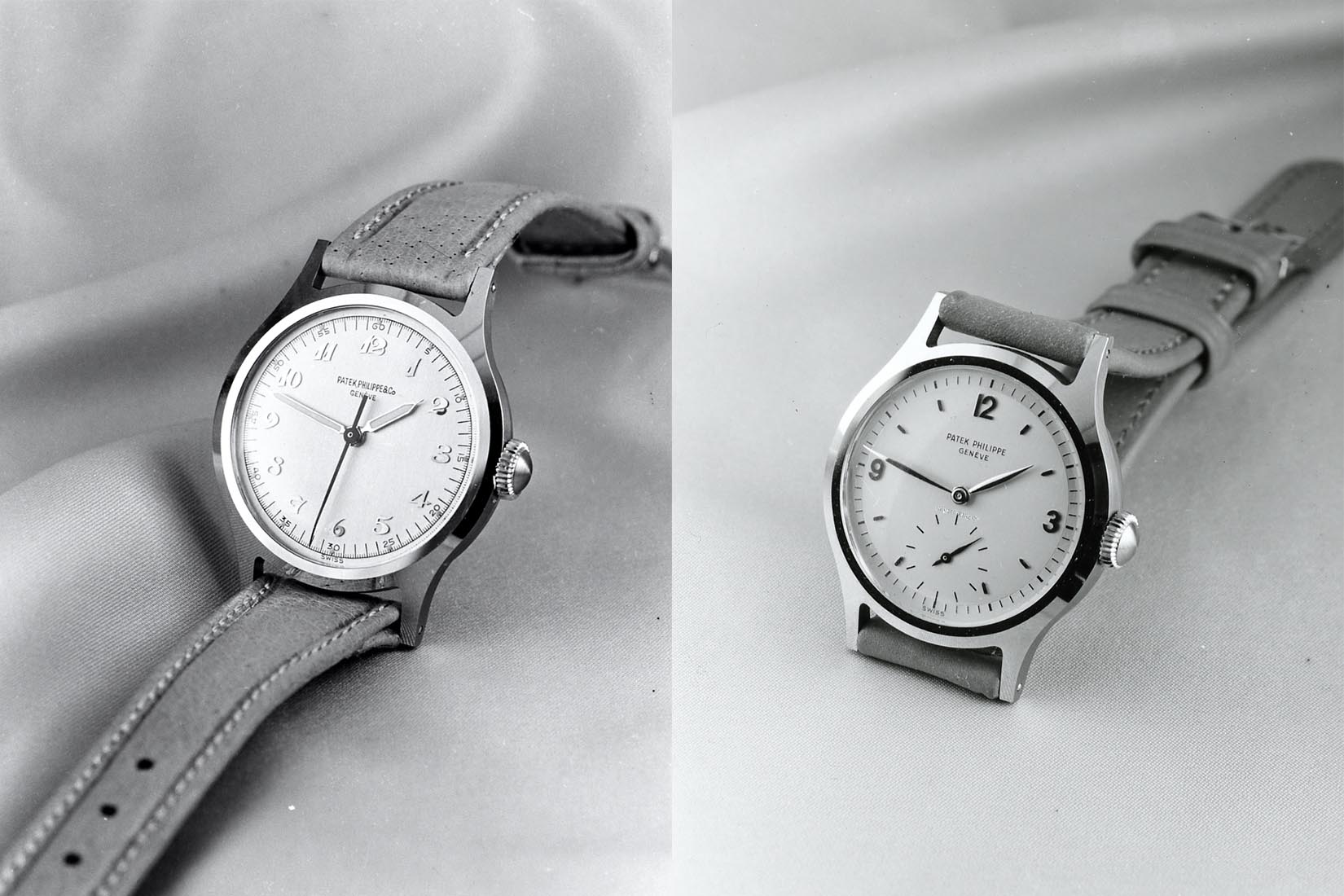
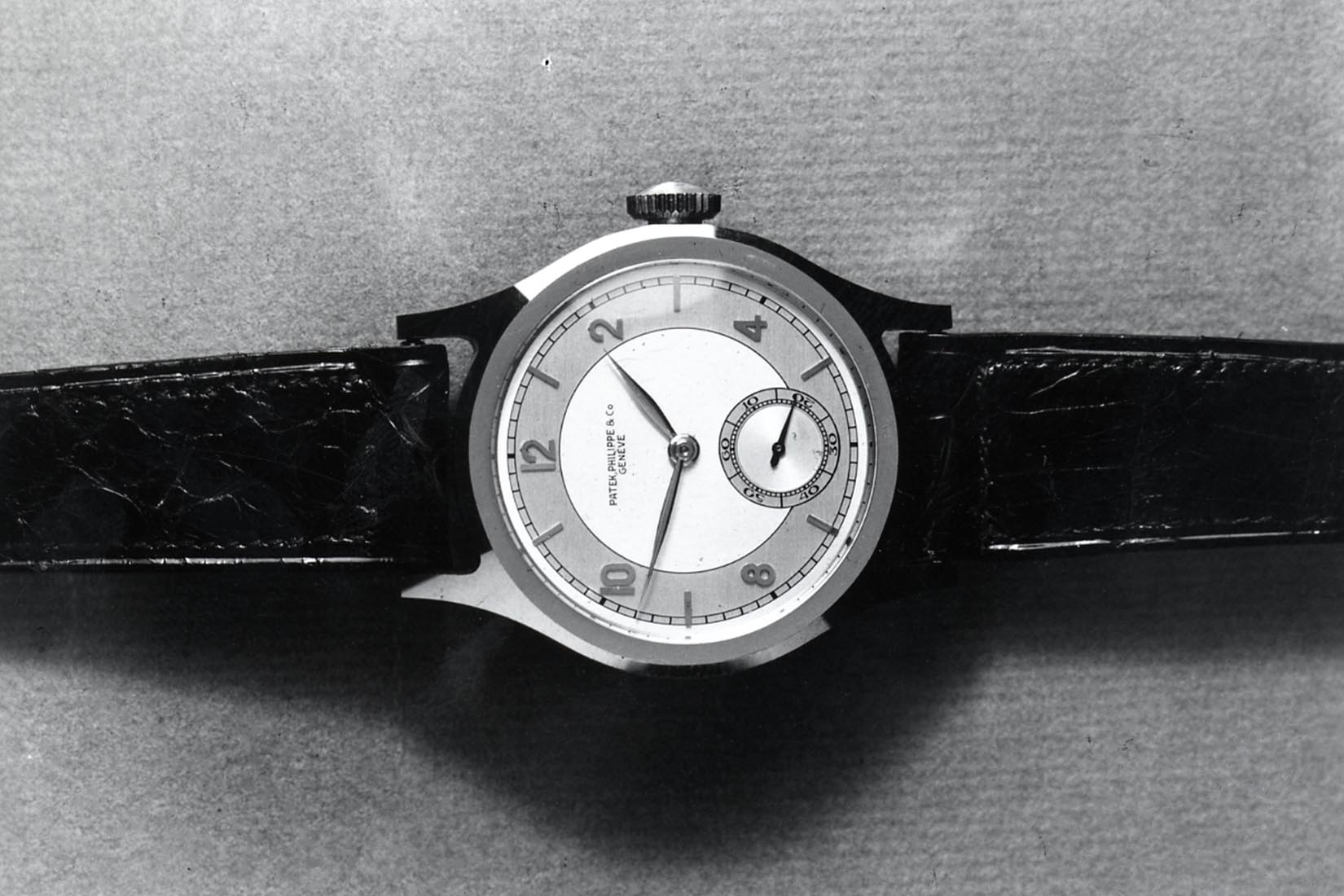
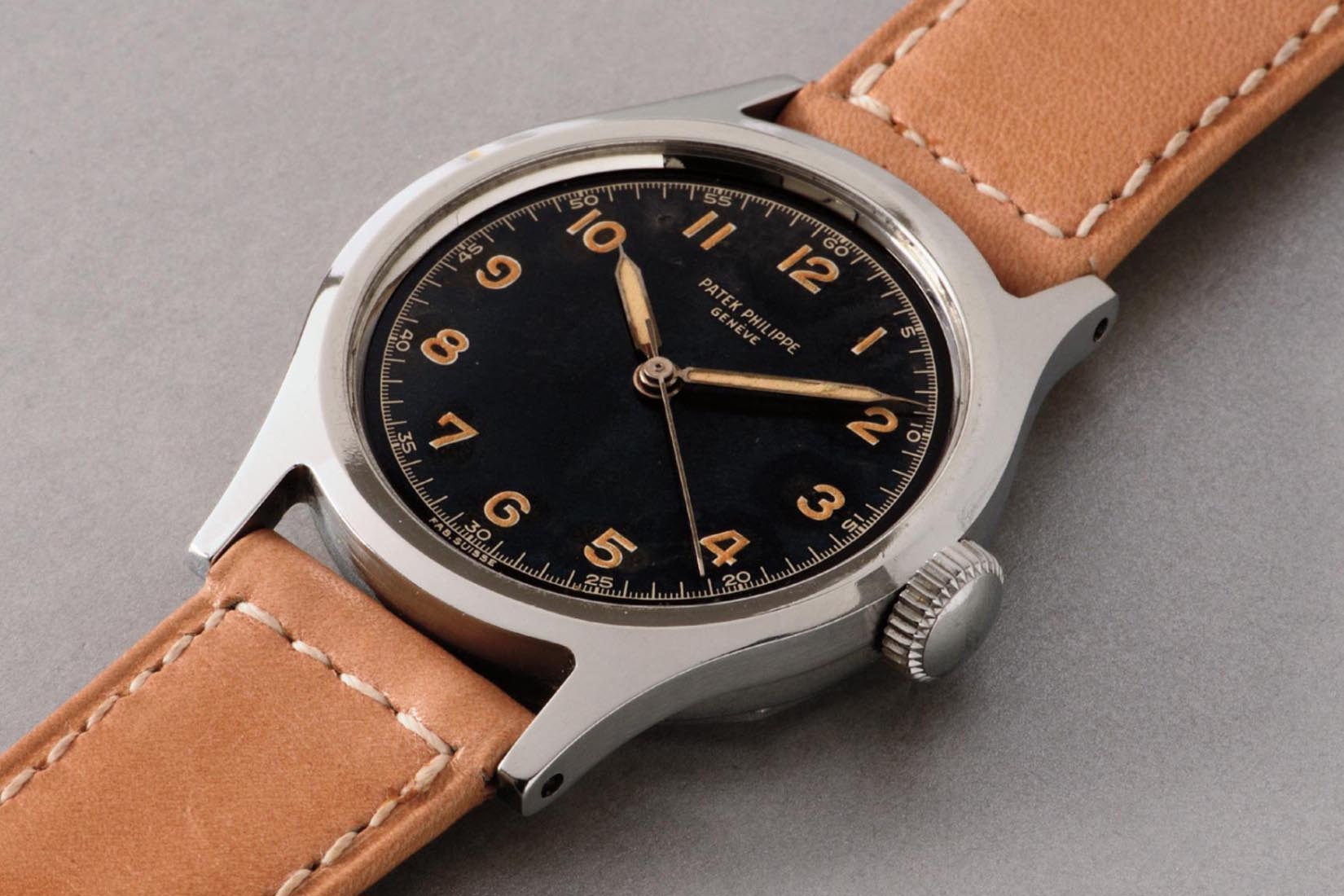
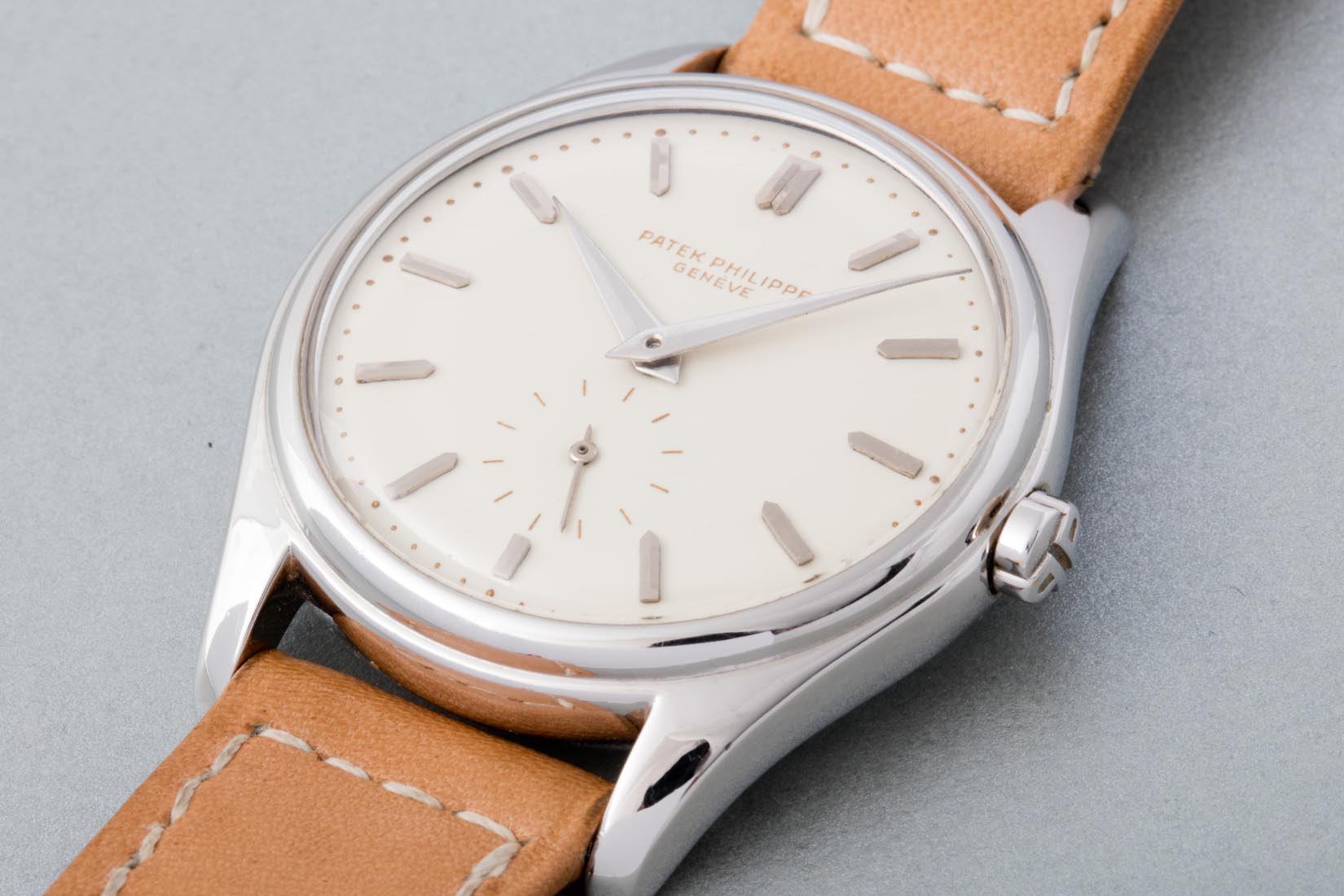
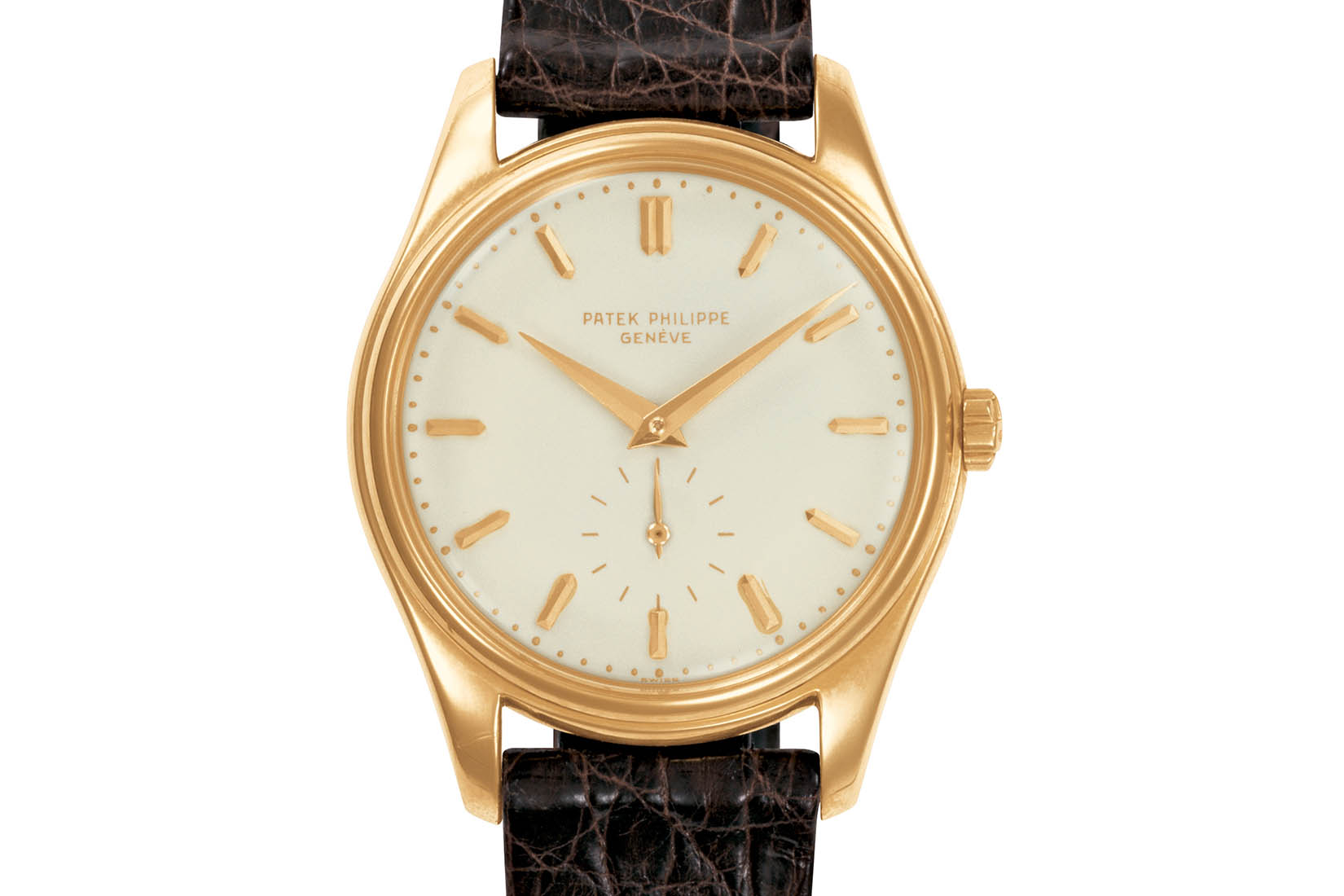
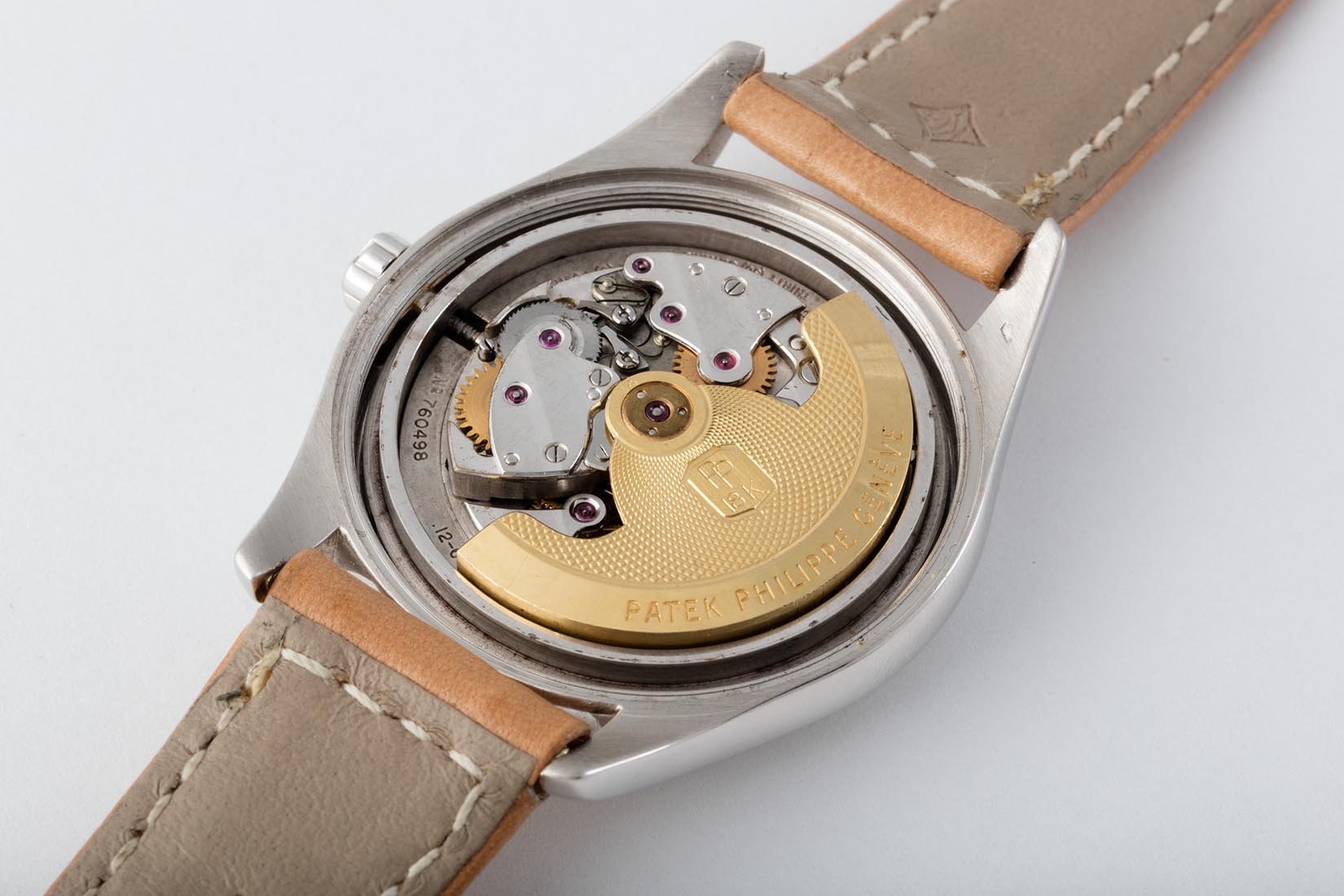
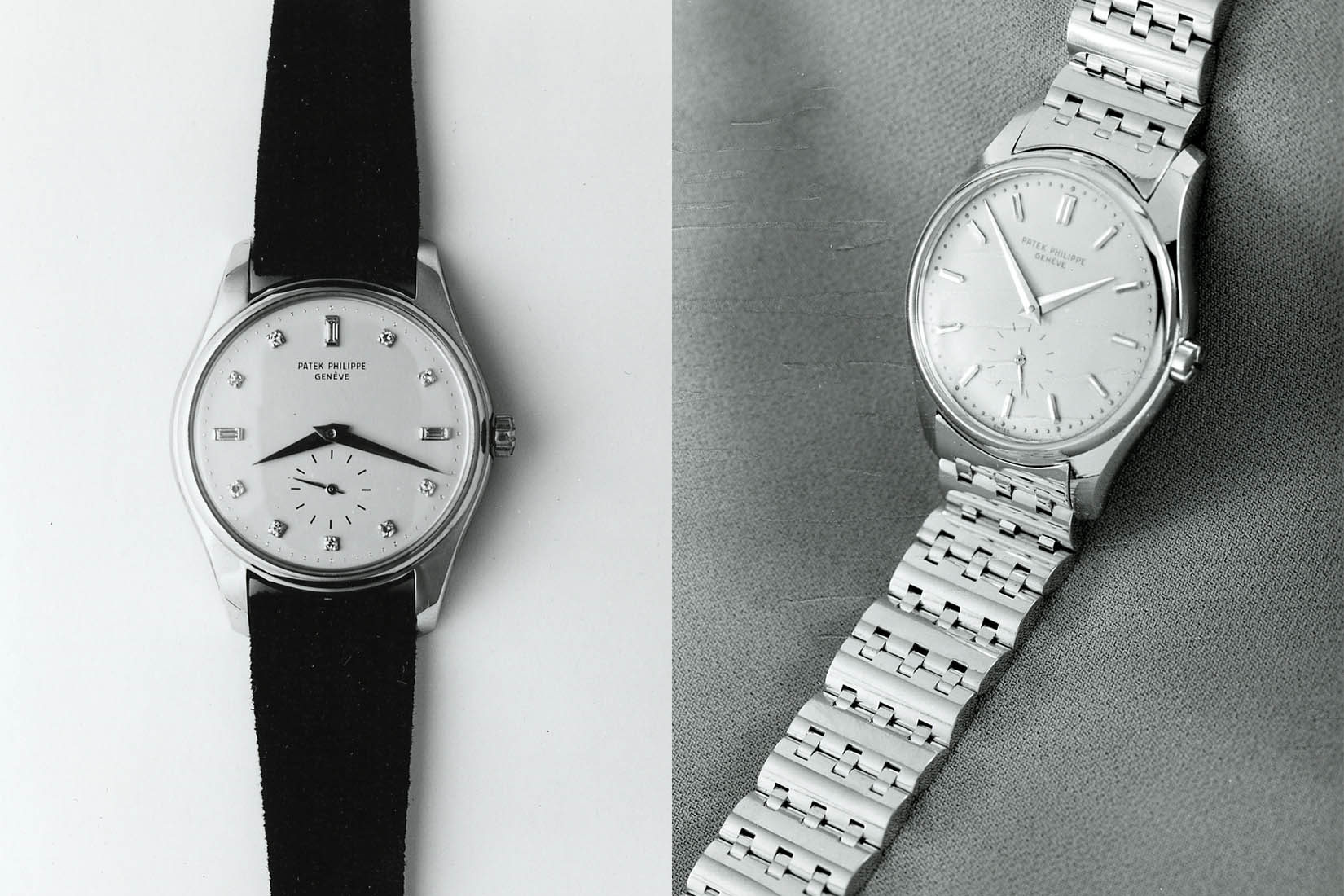

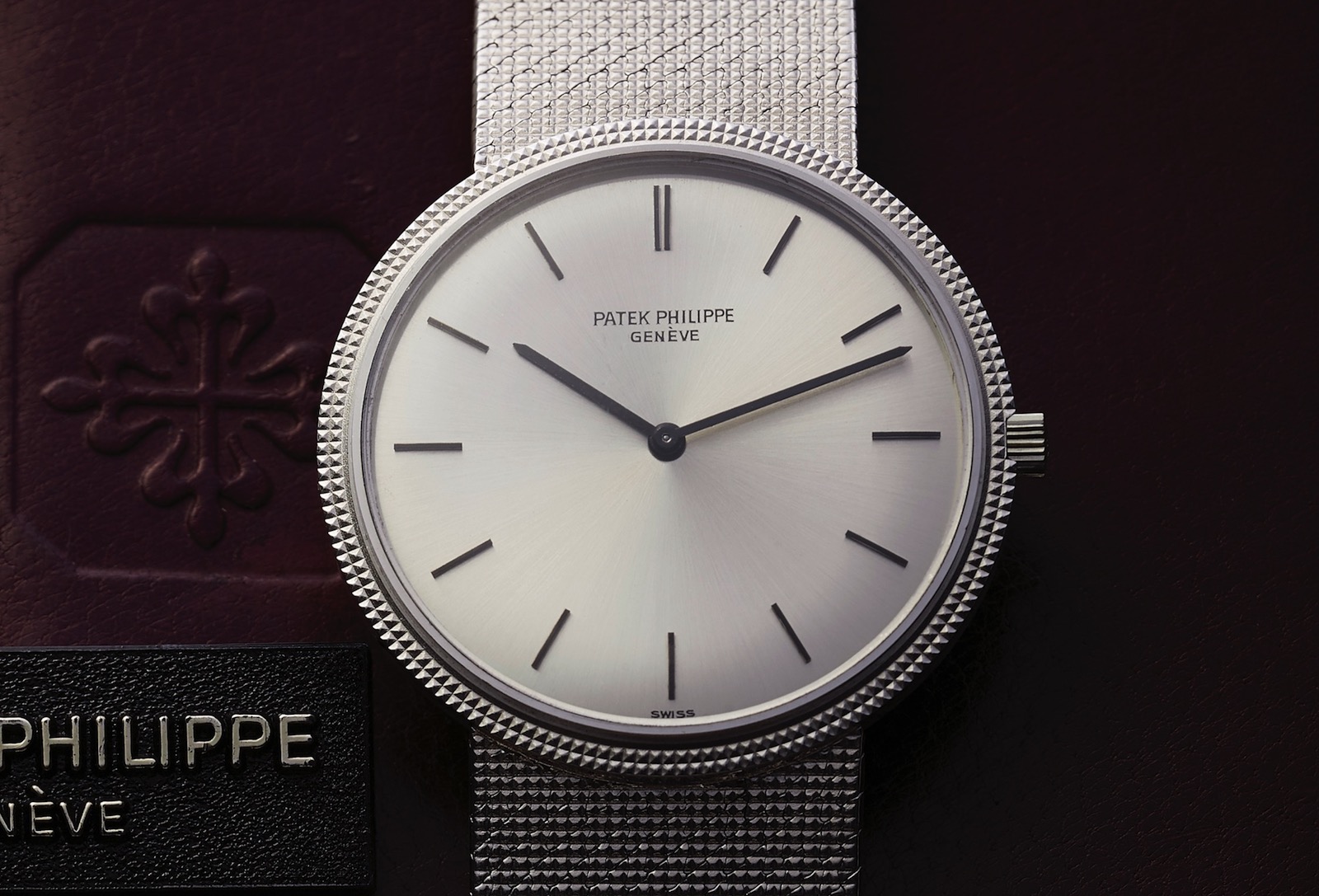
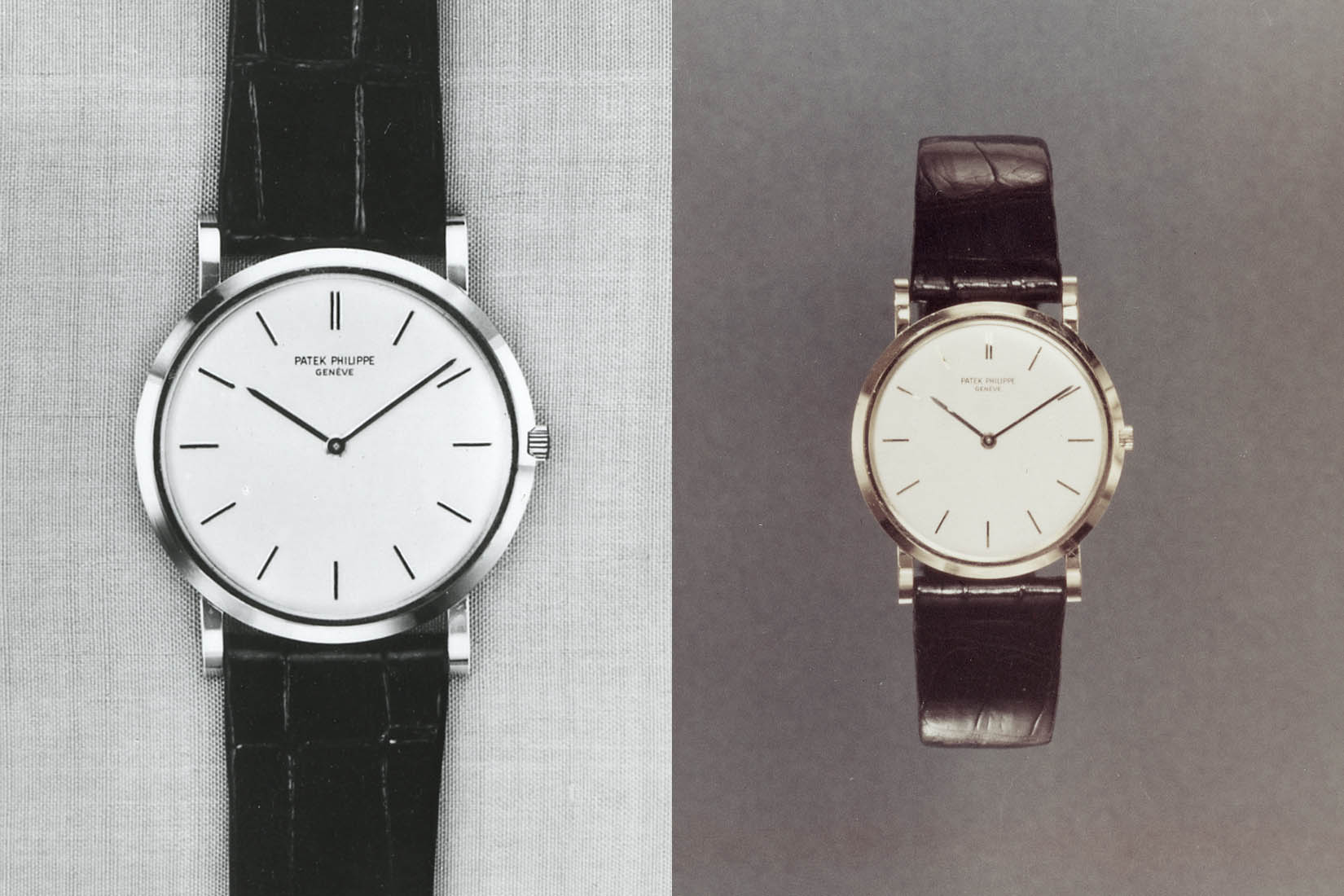
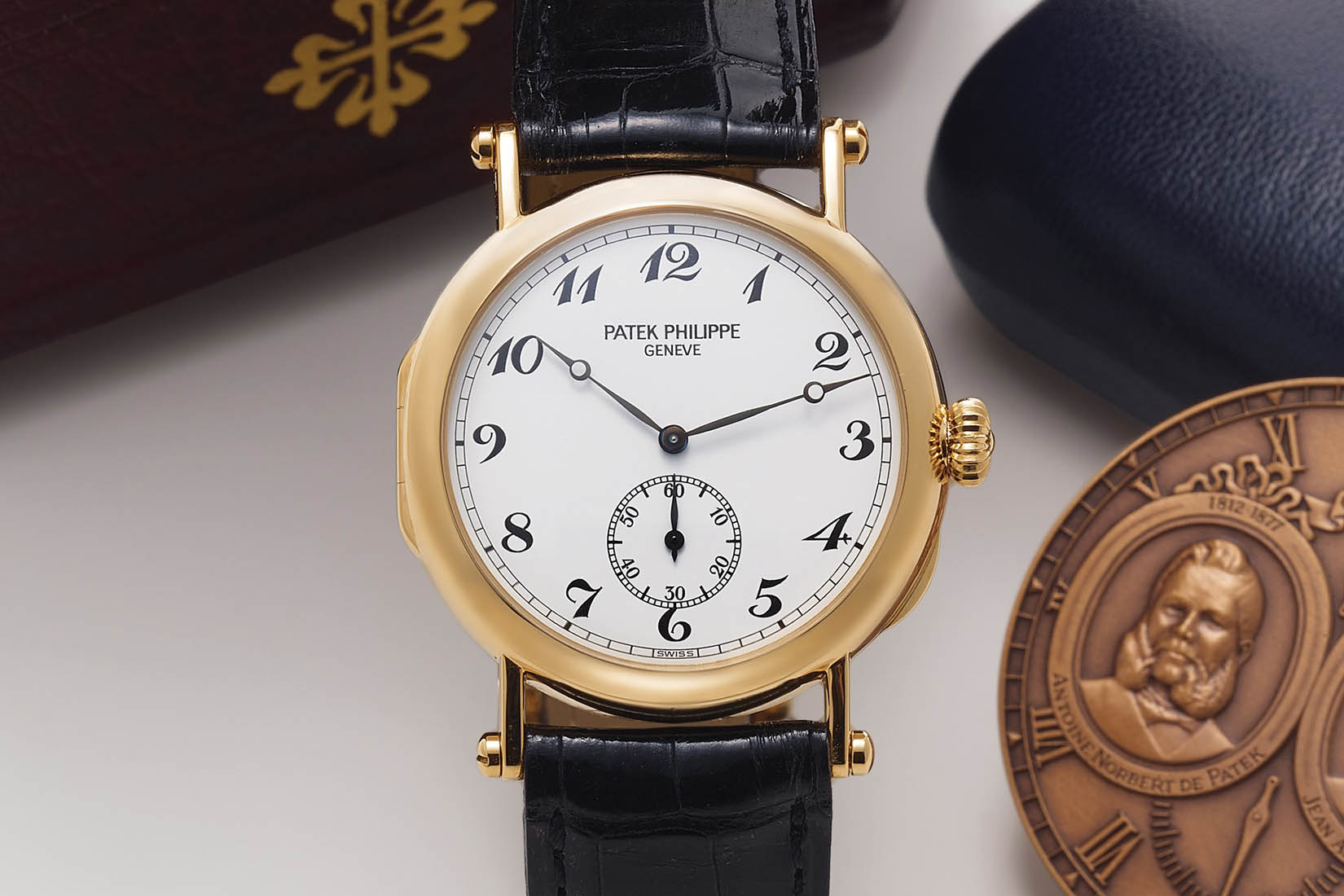
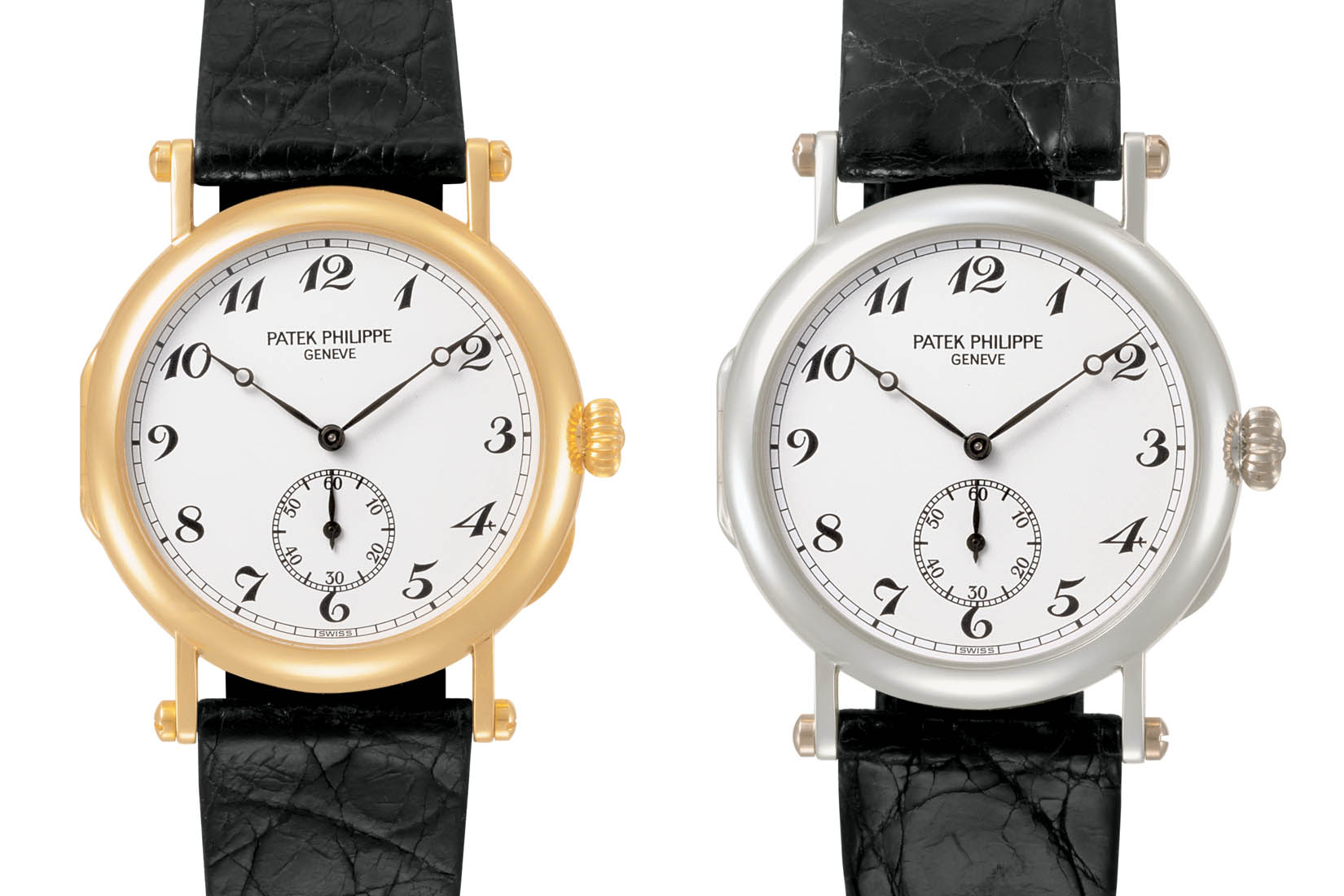



1 response
Hi,
Great article – love to read about the history of these watches as I am researching an old Patek watch from 1954 a client of mine has that he would like me to sell.
I think you did the math wrong on the lignes to mm conversion. 1 ligne equates to 2.25583mm – so 12 lignes are not 6mm but 27mm. 😉
Thanks for putting all the time into the research and writing these articles! 🙂
Frank